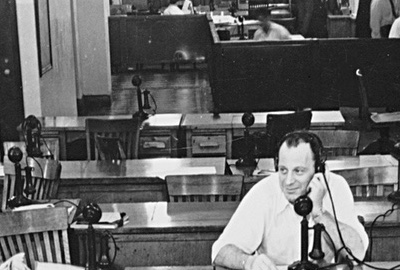 2022-05-08
2022-05-08
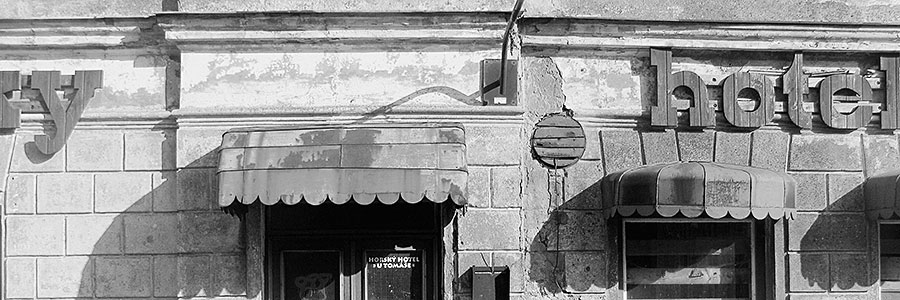
1929 Stock Market Crash
- ArticlesandContent.com (CIRCA 2005)
- /
- Oct 8, 2021 (written 2005)
The stock market crash that took place on Tuesday, October 29, 1929, was one of the most significant events in American history.
This sudden drop in the confidence of investors in the prosperity of 1920s America helped precipitate the Great Depression. There were a number of issues that contributed to the severity of the stock market crash of 1929.
“Buying on Margin” and the Stock Market Crash
The rabid lending of stock brokerages throughout the United States is cited as one of the most significant contributors to the stock market crash. The idea of “buying on margin” involved a small down payment on a stock purchase by an investor with the rest of the expense covered by a high interest loan from the broker. A proliferation of brokerage accounts means that there was a rapid increase in the amount of debt accrued by Americans. The reason why “buying on margin” was significant was that Americans were investing in speculative companies instead of reliable earners with their flexible accounts. There were nearly $8 billion loaned out to individual investors by 1929, which helped destabilize the market.
Importance of Personal Savings in the Stock Market Crash
Consumers who wanted to become investors in the 1920s bypassed traditional uses of money by pouring their salaries into stocks with high earning potential. By the time the stock market crash took place, nearly 75% of American families had no savings to speak of. These families were partaking in the opulence of 1920s America by purchasing cars, homes, and investing in the economy. The dearth of savings in America was indicative of the poor approach to fiscal responsibility during the 1920s, with a lack of savings speeding up the problems of the Great Depression.
Federal Government and the Stock Market Crash
Americans in the 21st century may feel insecure about their finances, but the federal government has multiple mechanisms to help maintain a robust economy. The economic problems that led to the stock market crash were facilitated by a conservative government led by Presidents Warren Harding, Calvin Coolidge, and Herbert Hoover. The prevailing wisdom within the Republican Party in the 1920s was that Americans desired prosperity, instead of the political progressivism that helped lead the United States into World War I.
Presidents Harding and Coolidge filled their cabinets with staunch conservatives and business people who would help turn America into a business paradise. Secretary of the Treasury Andrew Mellon, a millionaire in his own right, helped push the conservative agenda under Calvin Coolidge. The limited success of decreased taxes among upper income earners, as well as a lowering of corporate taxes, was matched by a growing problem of federal oversight. The withdrawal of federal powers from oversight of the financial brokers in America left rampant lending unchecked.
The Gold Standard’s Influence on the Stock Market Crash
HYPERLINK "http://www.econlib.org/library/Enc/GoldStandard.html" The gold standard ensures that every piece of printed and minted currency is backed up by an equal amount of gold reserves. This standard is largely a relic of the early 20th century due to the inflexibility that this standard creates in periods of economic downturn. After World War I, most nations in Europe had turned away from the gold standard in favour of fiat currency to help pay off debt from massive reconstruction. The United States maintained its adherence to the gold standard after witnessing the faults of fiat currency with hyperinflation peaking in Germany at the end of 1923. This strict commitment to the gold standard may have helped protect America from hyperinflation, but it meant a difficult time following the crash to deal with economic problems.
Signs of Economic Failure before the Stock Market Crash
The history of the HYPERLINK "http://www.globalpolitician.com/articledes.asp?ID=647&cid=10&sid=47" Wall Street Journal has been defined by fearless business journalism. In the months preceding the stock market crash of 1929, the Wall Street Journal tried to show the problems of extensive lending in its daily pages. Writers for the Wall Street Journal and the New York Times tried to sell the idea of moderation to investors who saw the market’s potential as limitless. The reason these writers were convinced of trouble down the road was a number of economic signs that showed recession in the future. Housing start-ups and purchases had decreased throughout the United States since 1926, and consumer purchases were on the decline as investment capital increased.
Political Isolationism and the Stock Market Crash
There was a push for increasing isolation from the rest of the world since the United States helped negotiate the Treaty of Versailles in 1919. The Republican presidents of the 1920s followed this push with action including a naval disarmament conference in 1923, increased tariffs throughout the decade, and a concern with strengthening the economy through domestic prosperity. The era of nation building and internationalism under Theodore Roosevelt and Woodrow Wilson were combined with relative prosperity. The key problem for America prior to the stock market crash was that the economy could not expand beyond national borders to sell products. The images of agricultural products being destroyed during the Great Depression can be connected directly to the lack of foreign markets to purchase American surpluses.
More From Business
 2022-05-08
2022-05-08
 2022-05-08
2022-05-08
Real Life Railroad Tycoons
 2022-05-08
2022-05-08
3 of the Most Famous Entrepreneurs
 2022-05-08
2022-05-08
History of Philanthropy
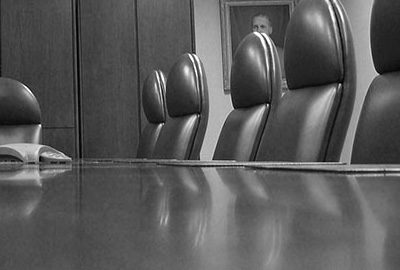 2022-05-08
2022-05-08
Birth Of The Corporation
 2022-05-08
2022-05-08
What Was The Dot Com Bust?
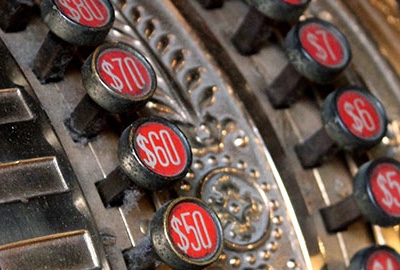 2022-05-08
2022-05-08
History Of American Business
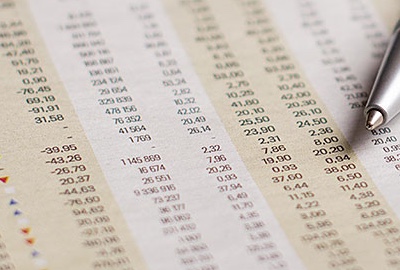 2022-05-08
2022-05-08
How Wall Street Began
 2022-05-08
2022-05-08
A Few of the Most Famous CEOs
 2022-05-08
2022-05-08
Famous Career Changes
 2022-05-08
2022-05-08